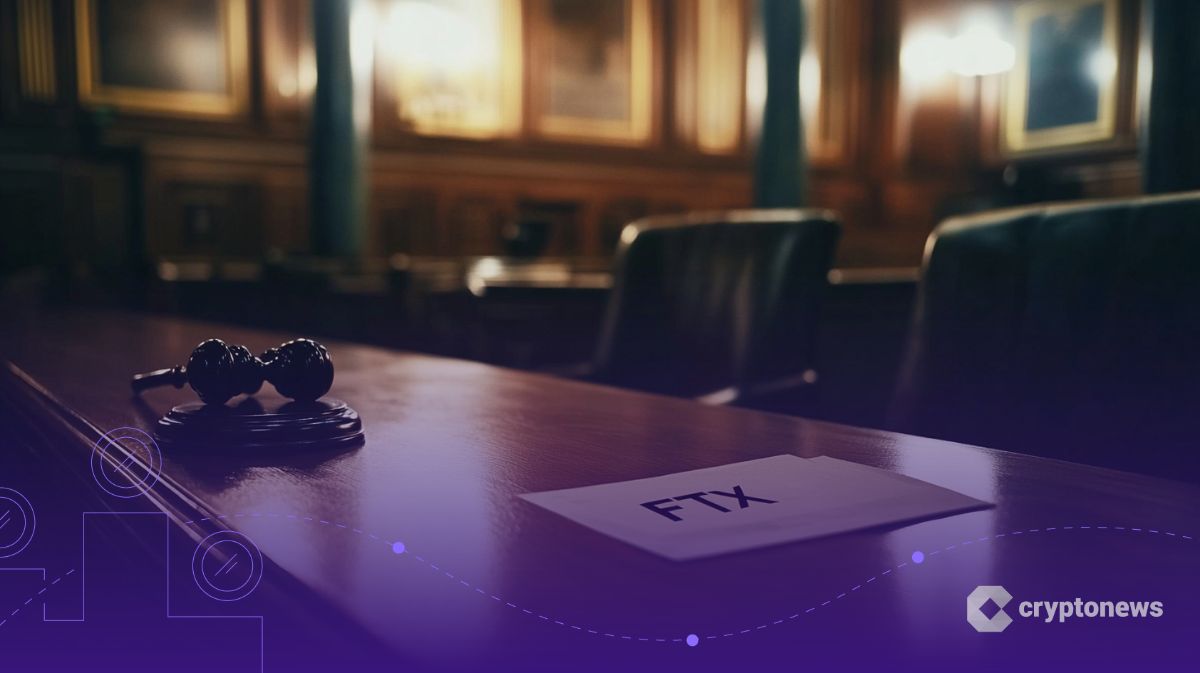
Sam Bankman-Fried says FTX always had enough assets to repay customers, claiming the exchange faced a liquidity crunch rather than a true balance sheet gap, and that current recoveries prove his point.
In a document dated Sept. 30, 2025, Bankman-Fried and his team contend the $8b owed to customers at the time of FTX’s Nov. 2022 bankruptcy “never left.”
He writes that customers will get between 119% and 143% of what they were owed at the time of FTX’s bankruptcy, with about 98% already repaid 120%. After covering $8b in claims and $1b in legal fees, the estate still holds around $8b. The document states, “In fact, FTX was never insolvent.”
“There have always been enough assets to repay all customers—in full, in kind—both in November 2022, and today,” Bankman-Fried wrote.
SBF Portrays FTX Collapse As A Classic Bank Run Triggered By Panic Withdrawals
He frames the collapse as a classic run on the bank. Withdrawals spiked to billions in days, the paper says, while the company sought asset sales and financing and continued to generate trading fees. The authors claim deals were in motion to bridge the shortfall by late Nov. 2022 and that customer withdrawals were resuming.
The narrative disputes the bankruptcy team’s early statements about shortfalls. It argues FTX and Alameda assets exceeded liabilities in 2021 and through mid-2022, and that the estate’s own Jan. 2023 materials showed assets roughly equal to or above customer claims as of the filing date.
Further, SBF and his team blame subsequent decisions in bankruptcy for value erosion and the long delay in payouts.
Solana, Sui And Anthropic Cited As Assets That Soared After FTX Liquidations
Bankman-Fried’s camp points to asset sales they say were poorly timed. Stakes in tokens and private companies are listed with what the authors call materially higher estimated values today.
They cite Solana, Sui and Anthropic among positions that would have been worth far more if held through the market rebound, while alleging insider-favored pricing and heavy professional fees drained the estate.
They also criticize dollarized payouts. Creditors are receiving the US dollar value of their crypto as of Nov. 11, 2022, not the coins themselves. The paper argues this approach denies customers the upside from the subsequent rally, and says the years long wait compounded the gap between petition date prices and current levels.
FTX Once Valued Above $30B Before Rapid Unraveling In 2022
Context matters. FTX was once valued above $30b with more than a million users.
Its fall followed revelations about intertwined risk between the exchange and Alameda, a rush of withdrawals and a failed rescue.
After a 2023 trial, Bankman-Fried was convicted on seven counts, and in March 2024 received a 25-year sentence with an $11b forfeiture, a judgment he is appealing.
The estate has said it maximized recoveries, pointing to asset monetization and litigation wins that funded rising payout projections. Creditors, especially smaller account holders, have focused on speed and certainty of cash, even if that meant giving up crypto upside.
Shareholders, by contrast, are recovering only a fraction of invested capital.
FTX Recovery Sets Rare Precedent For Crypto Bankruptcies Worldwide
For crypto markets, near full recovery of customer funds based on petition-date values marks a rare outcome in a major exchange collapse. The debate over whether repayments should have been made in crypto instead of dollars, and whether the estate sold assets too early, will remain a case study in how to unwind a trading platform during a volatile bull cycle.
Bankman-Fried’s document seeks to recast that history. “The answer is they never left,” it says of customer funds, and it concludes that FTX could have paid everyone in 2022 if control had not shifted to external counsel and the court process.
The courts will decide if that claim holds up, yet the size of the recoveries has already shifted how insolvency is understood in crypto collapses.
https://cryptonews.com/news/sam-bankman-fried-claims-ftx-was-never-insolvent/